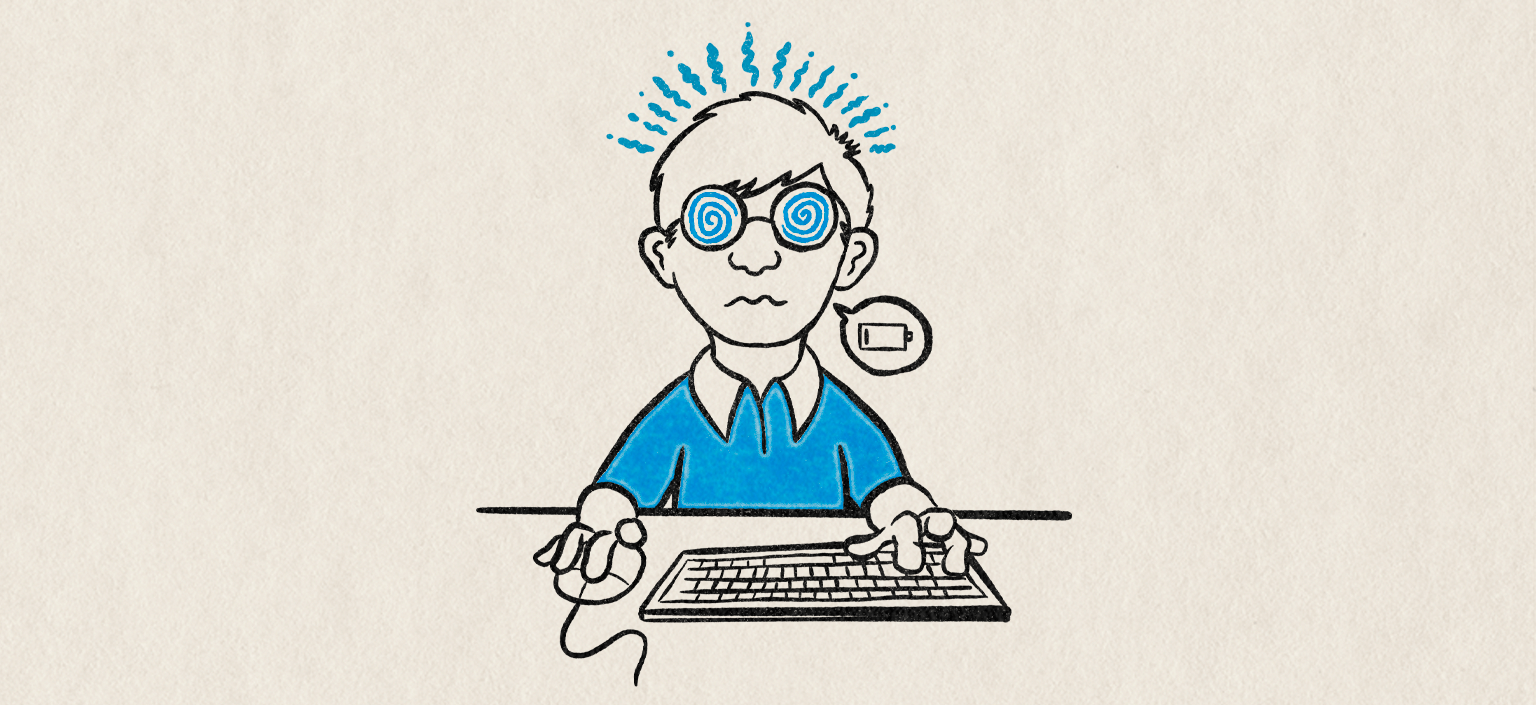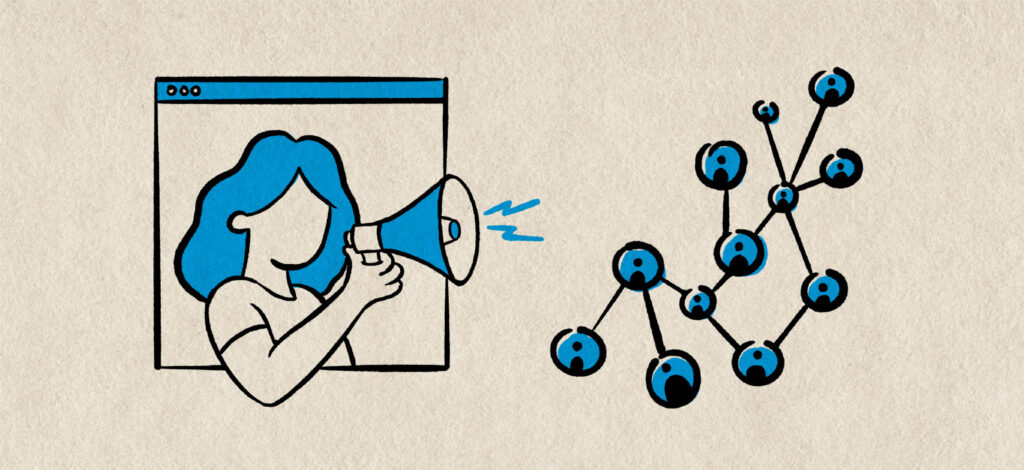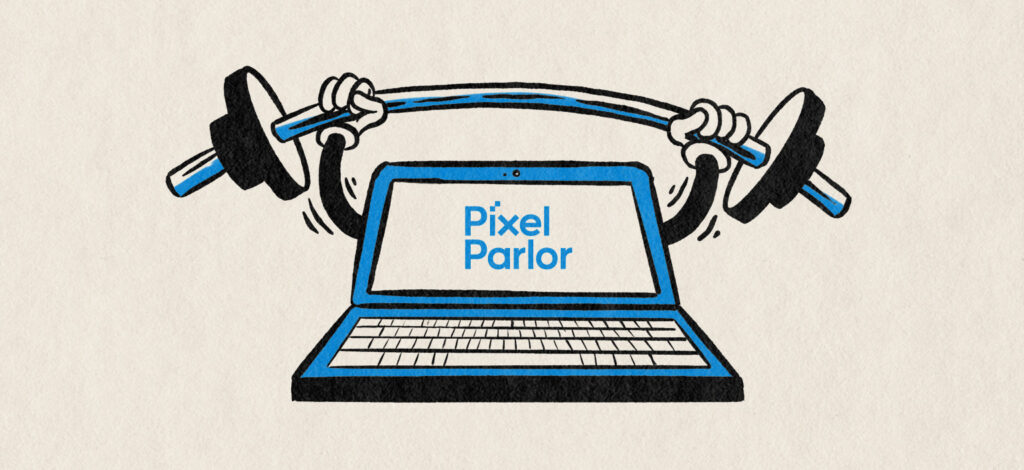A Small Business Perspective on Burn-Out from a Certified B Corp
Burn-out has become a defining issue of our modern work culture, with the gap between a healthy work-life balance and an overwhelming work environment widening. As the demands of work and our awareness of holistic well-being collide, it is crucial for businesses committed to making a positive impact, like mine, to engage in conversations about this growing phenomenon.
In this blog post, I will delve into the topic of burn-out from the perspective of the owner and CEO of a small business and a Certified B Corp. I’ll explore burn-out’s prevalence, potential solutions, and new ways to think about our relationship to work.
Start With Reflection, Move Towards Action
In our last blog post about adopting a “No Asshole” policy, we stressed reflection as a fundamental first step to cultivating caring work cultures. Burn-out also requires us to pause and reflect to discover healthier ways to be humans in the workplace.
Too often, I see problems like burn-out elevated in conversation but never addressed in practice. When we are hustling and bustling, reflection can feel like a luxury.
To protect ourselves from falling down, sometimes we just keep running faster. Manageable stumbles then become epic wipeouts. Crash and…burnout.
We have to avoid this.
More and more, workers feel exhausted, even before they start their workday. Or feel buried, never able to get ahead. Overwhelmed by hopelessness. This is burnout. And it’s everywhere.
Burn-Out Is The New Normal
It might be part of the human condition and the line between burnout and exhaustion might be hard to draw, but most surveys and studies reveal that workers are clearly burned-out.
A February 2023 survey from Future Forum of over ten-thousand full-time desk workers found that over 40 percent of workers in the United States feel burned out—an increase of two percent from the 2021 survey results. And in February 2022, New York Times’ writer Melinda Wenner Moyer referenced a 2021 survey of 1,500 workers from Indeed that revealed “more than half…were feeling burned out as a result of their job demands.”
Feelings of being burnt-out can translate into all aspects of life, but to understand burn-out, we need to explore it as a uniquely occupational phenomenon. According to The Mayo Clinic, “Job burnout is a special type of work-related stress—a state of physical or emotional exhaustion that also involves a sense of reduced accomplishment and loss of personal identity.”
Workers’ self-care choices—seeking social support, using mental health resources, and ensuring sufficient sleep—can contribute to preventing burnout, but addressing the issue requires a more comprehensive approach. The responsibility for addressing burnout extends far beyond individual workers.
Two Approaches to Address Burn-Out
In trying to get to the bottom of the issue, I found two main approaches to addressing burnout.
The first, benefits, is an additive approach: gyms or subsidized fitness and wellness classes, nutrition support or healthy meals, mental health support, and more vacation days or paid time off.
The second, adjustments, is an adaptive approach, supported by Adam Grant, Wharton organizational psychologist and New York Times bestselling author. He calls on leaders to “ease demands however you can, give everyone more control, and create a supportive environment.”
My fellow business leaders and owners can try a combination of both approaches fitting each approach to their culture and industry. A team or employee might be burnt-out because they are burning the candle at both ends and are physically exhausted. They might be burnt-out because they feel disconnected and without purpose. Sadly, they might be both.
I think we are facing an opportunity to both improve work conditions and reflect on our relationship with work.
We can all do better. Businesses can try to add more benefits. They can ease burdens. They can adjust work to create a sense of ownership, control, and purpose AND together, we can change how we think about work, which in turn affects the culture in which the practices that produce burn-out arise.
This is important because addressing burn-out is the responsibility of managers and leaders who themselves are feeling burned-out. For me, I know that even as I work to help my team thrive, I’m susceptible to burn-out myself, even as the business owner and CEO.
How We Work and How We Live Are Connected
Let’s question culture in general to understand this issue on a deeper level. Consider the demands we face on a daily basis amplified by a constant barrage of impossible, comparison-stoking messages we face on social media: Live your best life. Find your purpose. Be happy. Have it all. Reach all your goals.
Unless we define these abstract terms, they are unreachable moving targets. In The Burnout Society, Korean-born German philosopher Byung-Chul Han writes, “‘Nothing is possible,’ can only occur in a society that thinks, ‘Nothing is impossible.’”
If you feel like you can do anything, it’s easy to succumb to the despair that you are doing nothing. The pressure of an inexhaustible CAN morphs grotesquely into a potentially more oppressive demand than CANNOT. If you aren’t achieving your unrealistic dreams in a world of possibility, then you must be the problem, right? This feeling of not being good enough is a recipe for cynicism and helplessness, the emotional underpinning of burn-out.
Material AND Mindset Changes
What if in addition to improving our work conditions, we considered how we could love our limits?
In his TedTalk “How to stop languishing and start finding flow,” Adam Grant conducts an exercise with his audience. He asks one participant, Martin, to name three good things about his life and another, Lee, to identify forty-two.
“For a long time, I assumed that people in Lee’s position were going to be happier than Martin. But when I ran the experiment, I found the exact opposite,” Grant says. “People who are randomly assigned to count more blessings, are actually, on average, less happy because you start to run out of things to be optimistic about…The harder it is to find good things about your life, the more you feel like, well, maybe my life isn’t that good.”
We can’t let perfect be the enemy of good. My fellow business leaders and managers can do better to reduce burn-out. But we have to go one step further to think about culture’s demands on our relationship to work.
We can change our work conditions and our relationship to work. The conjunction is important—challenging a new mindset cannot replace the real need for material changes in our work lives.
Small businesses understand this because small business owners are often working side-by-side with their employees, experiencing the ups and downs together.
Between a scarcity mindset—we aren’t doing enough—and an abundance mindset—we can always do more—there is recognition: what are we doing well and how can we build on that success? And what is not working and how can we use our imagination to find ways to improve culture in measurable ways?
Some involve adding healthy practices to counteract the unhealthy effects of burn-out. Others call for adjustments to work.
Don’t Wait for Perfect Economic Conditions
For small businesses, like Pixel Parlor, I know it can be discouraging to think about the practicality of offering more to employees, not because we don’t want to but because we already feel squeezed by tight and precarious economic conditions. Still, I encourage small businesses to challenge themselves to find new ways to take risks right now without waiting for blue economic skies.
Here are some of the ways beyond salary and PTO my management team and I are cultivating a healthier workplace culture in our studio:
- Instituting no client meetings on Fridays
- Creating a culture that incentivizes fully unplugging at the end of each day
- Encouraging frank, open communication
- Inviting flexible scheduling around doctor’s visits
- Encouraging relationships in the office by buying staff lunch on Mondays
- Recognizing achievements with “The Skull of Minor Success” and other ways to help the team’s hard work be seen
- Including virtual counseling in our health care plan
- Allowing hybrid work
- Offering coaching help from a strengths-based coach
- Adopting a “No Asshole Rule” that says we will say no to certain clients and jobs that are not a good personality or purpose fit
- Leading by example—our Studio Manager and I are both mothers of two little ones, so we make it clear that life outside of work is a priority, and by doing so, normalize flexibility around work-life balance
I know I’m not perfect, but I’m trying to keep the conversation going. My team and I want to understand our team’s needs and respond to them the best we can.
Bending Without Breaking
Work is always going to include difficulty. It will force us to bend but it doesn’t need to break us. Increasing recognition of burn-out and cultivating cultures that reduce its effects doesn’t mean we weaken our ability to do hard things or reduce our resilience.
Somewhere along the way getting back in the saddle mutated into a perverse celebration of letting the horse drag you through town.
Let’s not do that anymore.
We don’t have to accept our fate of burn-out. And one way to continue to find new ways to improve our relationship with work and to ensure that businesses can do well and do good, we need to continue sharing ideas and taking risks to try new ideas.
So, how are you addressing burnout at work and in your community?
Let’s keep the conversation going.





